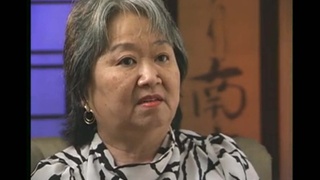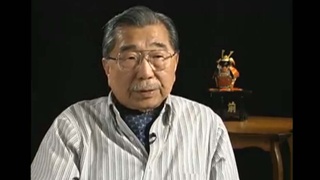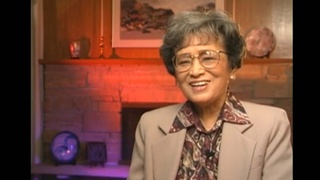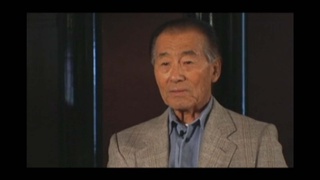Interviews
The Perspective of Youth
You know, we were only nineteen, eighteen, nineteen when we went to camp. We were very naive. Politically, we didn't know anything. And even though we read about the Constitution and studied about the Bill of Rights, we didn't think of putting it into force. You know, very naive. And that's why it took so long, I think. But I think that having these pilgrimages and then people could see things outside their personal experiences, that it was a constitutional issue, not just a personal one.
Date: September 11, 1997
Location: California, US
Interviewer: Glen Kitayama
Contributed by: Denshō: The Japanese American Legacy Project.
Explore More Videos


An emotional response from mother upon talking about incarceration experience
(b. 1946) Lawyer


Thoughts on relationship between Japanese Peruvians and Japanese Americans at Crystal City, Texas
(1937 - 2021) Teacher

Sneaking out of the Hastings Park camp during World War II
(b. 1928) Doctor. Former Chair of the Japanese Canadian Redress Foundation.

A Dutiful Son
(1918-2012) Fought the constitutionality of Executive Order 9066.


Erasing the Bitterness
(1923–2008) One of the leaders behind the redress movement.


Poignant story from the CWRIC hearing in San Francisco
(1917 - 2004) Political activist

Loyalty questionnaire
(1916-2010) draft resister, helped form the Heart Mountain Fair Play Committee

Speaking out in camp
(1916-2010) draft resister, helped form the Heart Mountain Fair Play Committee

Resisting transfer from Jerome
(1919 - 2006) World War II and Korean War veteran

A visit to Jerome after OCS
(1919 - 2006) World War II and Korean War veteran

“Everybody went in like sheep”
(1913-2013) Doctor specializing in obstetrics in Southern California
